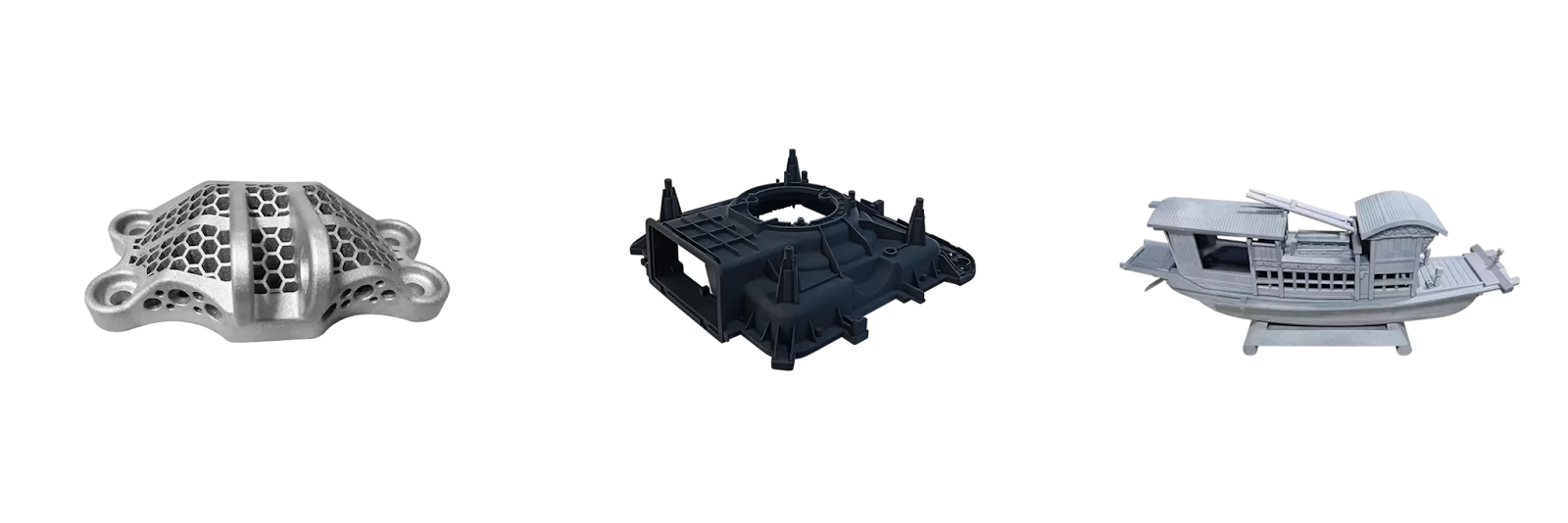Cross functional team coordination simply means that the various departments such as marketing, sales, IT, finance and HR all pull towards a common objective. Teams work together, rather than working in silos, and this increases the speed of a project and the creativity of solutions.
This blog will help you understand why cross-functional coordination is important, the primary advantages it provides, the obstacles that business organizations often encounter, and the best practices that can simplify teamwork. You will also learn about tools, leadership skills, and emerging trends that will enable any business to enhance teamwork and stay competitive.
What Is Cross-Functional Team Coordination?
Another area that is related to cross-functional team coordination is the integration of individuals working in different departments including marketing, sales, IT, finance, and HR to become a single unit. They do not work in silos anymore, they work in common projects and it means that they will solve problems even faster and can find more creative solutions.
Think of it as an orchestra: they have each their own separate part in playing, but it is only when they collaborate that the music will come out.
Definition and Core Purpose
- Devotes various aptitudes and skills to the same end.
- Removes interdepartmental work duplication.
- Improves decision-making efficiency and speed.
Why It Matters for Modern Businesses
There is no department of knowledge in the current fast-paced world. An example of such products includes a product launch, which requires marketing to promote it, finance to set prices, IT to support the backend, and customer service to address customer queries. Without coordination, things fall through the cracks,
Key Benefits of Cross-Functional Collaboration
Breaking Down Silos Across Departments
Rather than marketing vs. sales, you have marketing with sales. Teams exchange knowledge, and campaigns are more targeted and customer-focused.
Enhancing Communication and Transparency
Frequent updates and open access minimize miscommunication.
Driving Innovation and Faster Problem-Solving
After brainstorming, you end up having the ideas that another group could not have.
Common Challenges in Cross-Functional Teamwork
Misaligned Goals and Priorities
The sales team may be interested in making fast deals and product teams need more time to achieve quality. Such differences cause friction unless they are aligned.
Communication Gaps Between Teams
Information is sometimes not shared in time or at all.
Managing Conflicts and Accountability
- Role ambiguity may cause finger-pointing.
- KPIs can cause tension when they conflict with each other.
- Leaders should be mediators rather than supervisors.
Best Practices for Simple Team Coordination
Clear Role Definition and Ownership
All should be aware of what is expected. Responsibilities are defined in a project chart to avoid confusion.
Setting Shared Goals and Metrics
- Establish integrated KPIs, which link departments.
- Monitor progress using big board dashboards.
- Mark milestones not only at the departmental level.
Tools That Simplify Cross-Functional Team Coordination
Project Management Platforms
• Asana, Trello, Jira: Manage schedules and tasks.
• Help the web managers visualize the real-time bottlenecks.
Communication and Workflow Tools
• Break time to chatter.
• Video and file sharing using Microsoft Teams.
Analytics and Reporting Solutions
• Reporting delays are minimized by having a central dashboard.
• It is as though correcting the everyday mistakes in signage, a little adjustment, but it makes the message understandable and effective.
Digital Signage Systems
• Display live updates, announcements, and progress boards across departments.
• Avoiding common signage errors ensures that displayed information is clear, timely, and actionable.
How to Build a Culture of Cross-Functional Success
Leadership’s Role in Alignment
Leaders should be able to set a model of collaboration. Teams adhere to the behavior of managers who openly cooperate with one another.
Encouraging Continuous Feedback
Fast check-ins maintain on schedule projects. Effective teams are most likely to have psychological safety as a top factor.
Recognizing and Rewarding Collaboration
Reward not only what is done or how, but also how. For example:
- Congratulate the cross-departmental success.
- Give rewards or praise when working together.
Future of Cross-Functional Collaboration in Business
AI and Automation in Team Coordination
AI can recommend prioritization of tasks, automatically allocate duties, or perhaps indicate risks before they become too serious. It can also save time by automating repetitive activities such as scheduling or sending reminders to teams.
The larger the company, the more AI-driven insights can help identify patterns and enhance decision-making in departments.
Remote and Hybrid Work Trends
Cross-functional teams usually operate across time zones. Innovative applications and adaptive working hours are a must.
Video conferencing, cloud-based systems, and asynchronous updates allow teams to remain connected without fatigue. The future of work is ensuring there is a balance between flexibility and accountability in order to allow teams to work everywhere, and produce results.
Scaling Collaboration Across Global Teams
Something that works on 10 does not necessarily work on 1,000. Developing scalable systems ensures global alignment and avoids micromanagement.
Companies are currently taking an interest in common platforms, standard processes, and effective communication channels. This simplifies the manner in which global teams remain synchronised.
Why Does Cross-Functional Team Coordination Matter for the Future?
The coordination of cross-functional teams is no longer a choice; it is a key to the development, evolution, and prosperity of a modern business. By ensuring that the departments are aligned, there is no wasted effort, innovations are triggered, and goals are achieved at a quicker rate.











